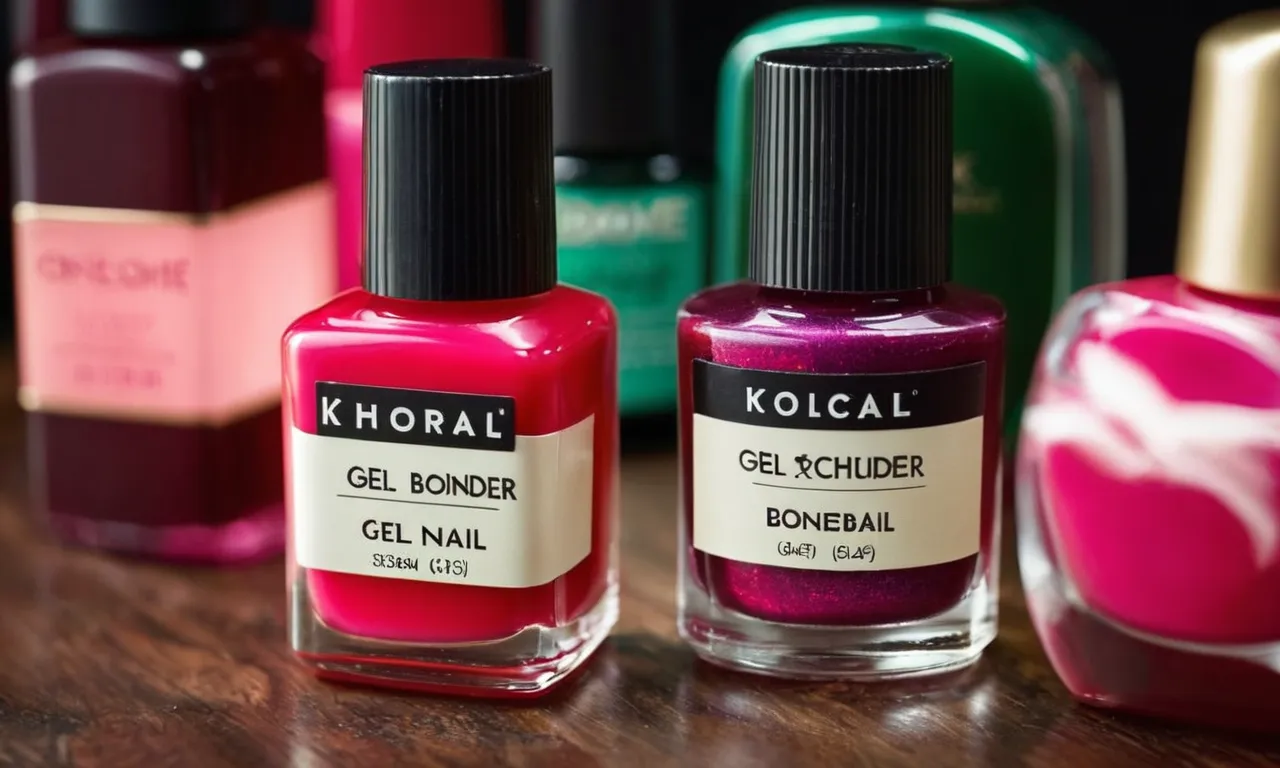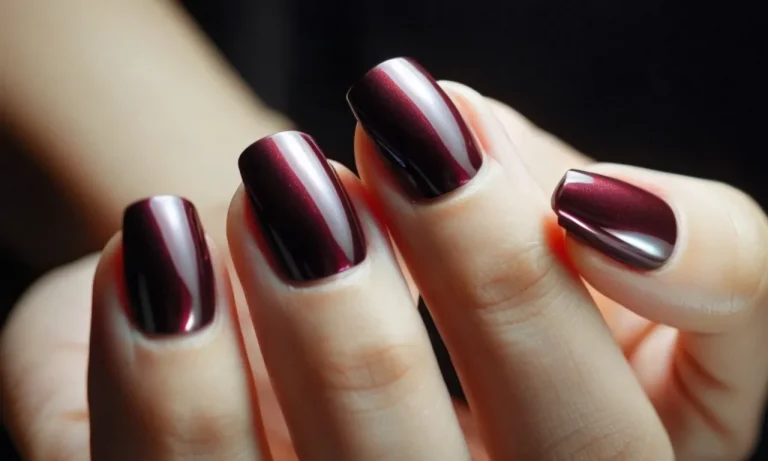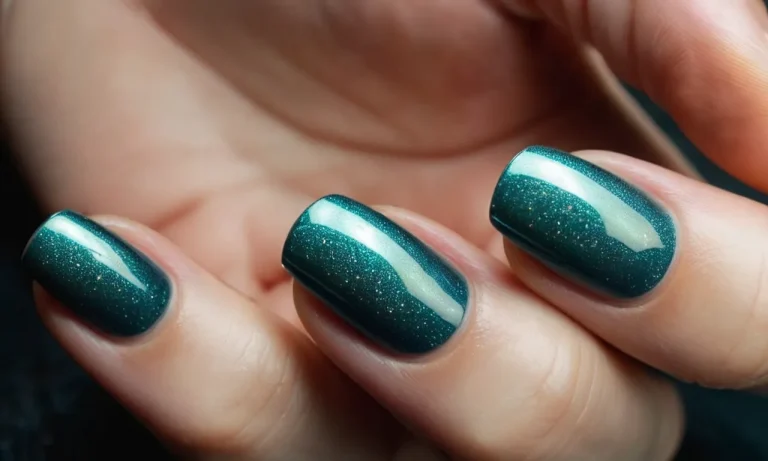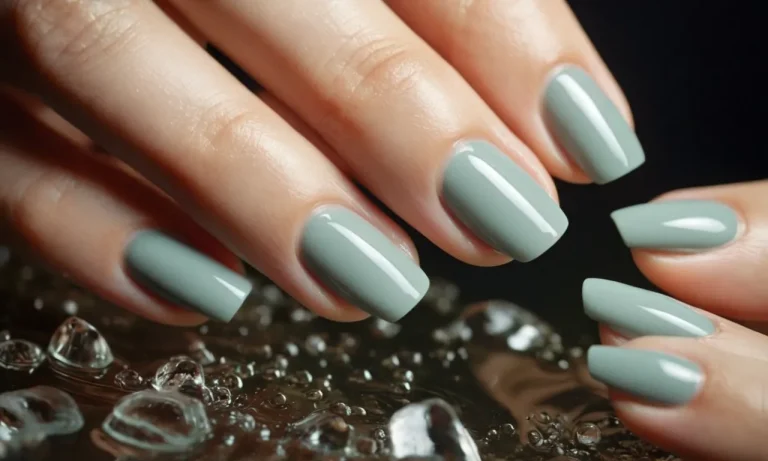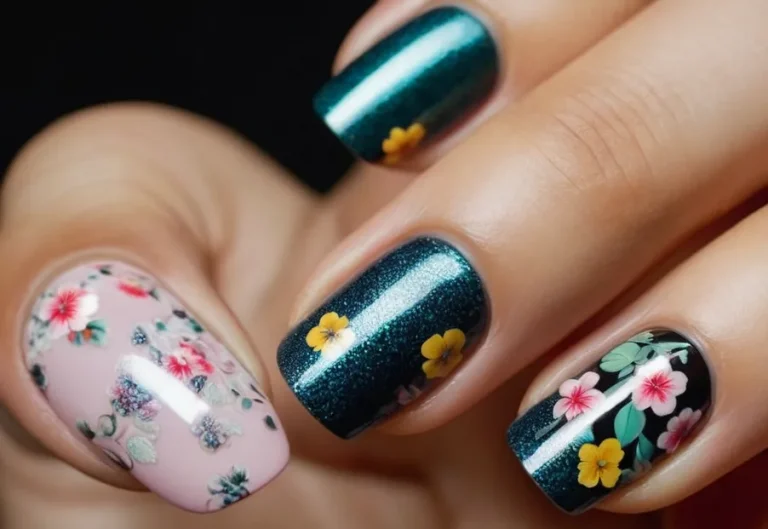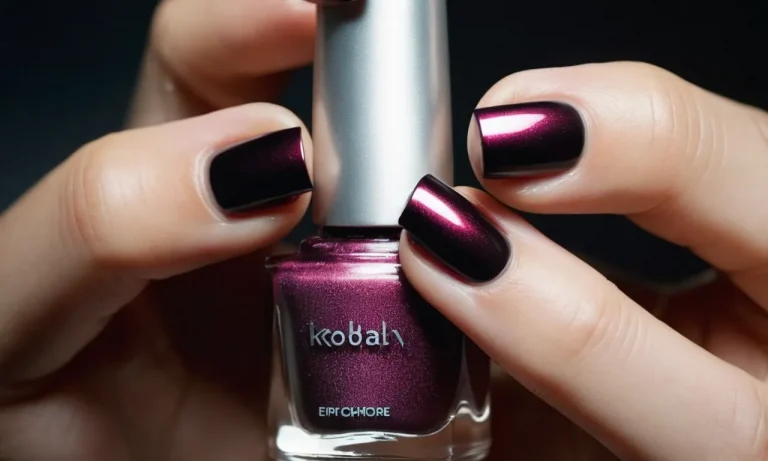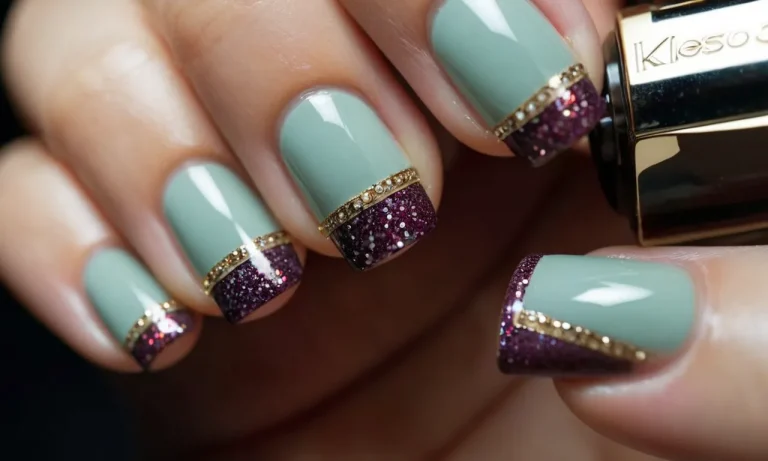Gel Nail Bonder Vs Base Coat: A Detailed Comparison
When doing your own gel manicure at home, using the right products is key to getting a perfect, long-lasting result. But with so many options on the market, it can get confusing. What’s the difference between a gel nail bonder and a gel base coat? And which one do you actually need?
If you’re short on time, here’s a quick answer: While both products prep the nail, the key difference is that a gel base coat helps gel polish adhere to the nail, while a gel bonder (also called a primer or dehydrator) preps the nail surface and removes oils for better polish bonding.
What is a Gel Nail Bonder?
Purpose and Function
A gel nail bonder, sometimes called a gel nail primer, serves an important adhesive purpose when applying gel manicures. The bonder works to chemically prepare the natural nail plate for gel polish application, allowing the gel to adhere properly so that it lasts as long as intended without lifting or peeling.
Key Ingredients and How They Work
Gel nail bonders contain key ingredients like methacrylic acids, acrylates, and silicones that work to roughen and penetrate the nail surface for better gel adhesion. The methacrylic acids gently etch the nail plate to give gels something to grab onto, while the acrylates act as bonding agents.
Finally, the flexible silicone molecules help fill in irregularities in the nail to create a smooth surface.
When and Why a Bonder is Used
Unlike regular nail polish which only requires a base coat, gel manicures require a bonder before gel color application for several reasons:
- Helps gel polish adhere properly and avoid lifting or peeling
- Allows gel color to last 2-3 weeks with correct technique
- Prevents damage to natural nails
- Should be used before every new gel manicure
What is a Gel Nail Base Coat?
Purpose and Function
A gel nail base coat is an important first step when applying gel nail polish. Its main purpose is to protect the natural nail and help the gel polish adhere properly. The base coat creates a tacky surface that the gel polish can grab onto.
It also acts as a buffer between the nail and the gel polish ingredients.
Key Ingredients
Some of the key ingredients found in gel base coats include:
- Methacrylates – These compounds help the base coat adhere to the natural nail surface.
- Plasticizers – Ingredients like dibutyl phthalate make the formula more flexible and prevent cracking or peeling.
- Adhesion promoters – Chemicals like titanium dioxide roughen up the nail surface slightly so the gel polish has something to grip.
- UV filters – Base coats contain small amounts of UV absorbers to help protect the nail bed from light damage during the gel curing process.
Main Types of Gel Base Coats
There are a few main varieties of gel base coat:
- Bonding base coats – These contain ingredients to maximize adhesion. They create the stickiest surface for gel polishes.
- Ridge filling base coats – Formulas with keratin and calcium help smooth out uneven nail surfaces.
- Treatment base coats – Some bases have moisturizing oils, vitamins, and nutrients to condition the nails.
- Peel-off base coats – Special slick surfaces allow you to peel off gel polish without damaging the nails.
Most basic gel manicure kits come with a standard bonding base coat to ensure proper application. But there are also specialized options like nourishing treatments or peelable bases depending on your nails’ needs.
Bonder vs Base Coat: What Are the Key Differences?
Purpose/Function
The main purpose of a gel nail bonder is to help the gel polish adhere properly to the natural nail plate. It creates a tacky surface that the gel can grab onto. Base coats, on the other hand, are designed to protect the natural nails from staining and damage that gel polish can potentially cause over time with repeated use.
Ingredients
Gel bonder is made up of methacrylate monomers and oligomers that allow it to bond well with gel polishes. It usually does not contain many additives. Base coats tend to have more ingredients like vitamins, calcium, herbs, tea tree oil etc. that nourish and strengthen the natural nails.
Some common ingredients are vitamin E, biotin, hydrolyzed wheat protein.
Thickness of Product
Bonders form a very thin layer on the nails in order to maximize adhesion. According to nail care experts, the bonder coat should be thin enough that you can still see the natural nails underneath. Base coats tend to be slightly thicker to provide a protective barrier between the gel polish and the nail plate.
Using too much can prevent proper curing.
When They Are Applied
Gel bonder is applied first before applying gel polish. It preps the nail bed for the gel application. Base coat is applied after the bonder layer but before polish. So the order is: bonder – base coat – color gel – top coat.
Skipping either the bonder or base coat can shorten the life of the gel manicure according to nail care experts.
Do I Need Both?
While bonder and base coat serve different purposes, having both leads to the most durable, long-lasting gel manicure. Using only a base coat will likely lead to chips and lifting within days. Using only a bonder may lead to nail damage over time without the protective base layer.
Most manicurists agree using both bonder and base is best practice for gel manicures. It protects the health of your natural nails and also keeps the gel polish from lifting or peeling off prematurely.
Using a Gel Bonder and Base Coat Together
Correct Application Order
When using both a gel bonder and a gel base coat, it’s important to apply them in the correct order for the best results. First, start with properly prepared natural nails – they should be filed to the desired shape and free of oils, debris or ridges.
Next, apply a thin layer of the gel bonder and cure it under an LED or UV lamp according to the manufacturer’s instructions. The gel bonder helps the gel base coat adhere properly. After the gel bonder has cured, brush on the gel base coat evenly and cure.
The gel base coat helps the gel polish color adhere and provides protection to the natural nails.
Tips for Applying
Here are some helpful application tips when using both a gel bonder and base coat:
- Use thin, even layers of each product – thick globs can lead to cracking or lifting
- Cap the free edge when applying the base coat to seal the tip
- Keep products away from skin and cuticles to avoid irritation
- Wipe nails clean between each layer with isopropyl alcohol
- Check that each layer is fully cured before moving on
How Long They Take to Cure
Cure times can vary between gel bonder and base coat products but they typically take 30 to 60 seconds to cure under an LED lamp. Always follow the individual manufacturer’s recommended cure times. Rushing the curing process can lead to under-cured layers that end up compromised.
The average total time to apply a gel bonder, base coat, two layers of gel polish color and top coat is around 10 to 20 minutes. Building extra time into your manicure appointments allows you to get the most wear from the gel polish.
Getting the Most Out of Your Gel Manicure
Using a gel bonder and base coat properly helps the gel polish adhere strongly so your manicure can last 2-3 weeks with no chips or lifting! Be sure to avoid excessive water exposure and use gloves for wet tasks to maximize wear.
Nail oil should be applied 1-2 times per day to nourish the natural nails underneath and prevent brittleness. Resist the urge to peel off the gel polish when it’s time for removal – see your nail tech to have it safely soaked off instead to avoid damage.
Conclusion
While gel nail bonder and base coat serve different purposes in gel manicure prep, you’ll get the best possible results by using both. Apply a thin layer of primer or bonder first to dehydrate and prep the nail, followed by your gel base coat to help the gel polish bond and adhere smoothly.
Using quality nail bonders and base coats is key to a long-lasting, chip-free gel manicure that can take you from work days to weekends without having to hit the salon or redo your DIY mani.

